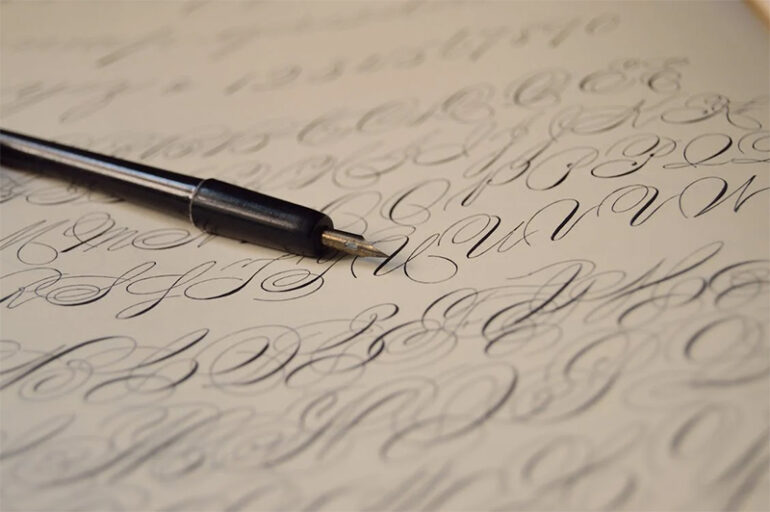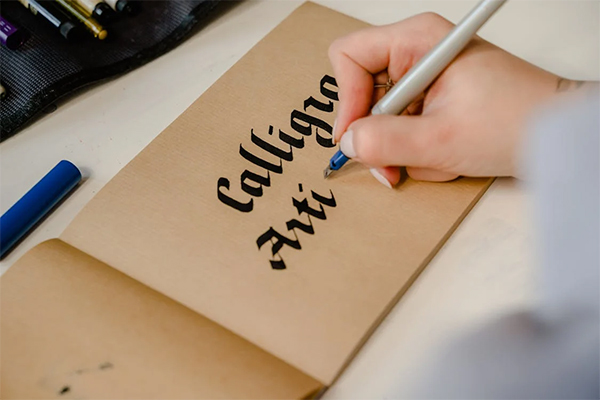A very old craft, calligraphy began in ancient civilizations when talented scribes painstakingly wrote intricate characters that represented artistic emotions and cultural ideals. Calligraphy has developed over time to suit a range of methods and styles that are representative of numerous historical periods. In the contemporary society, calligraphy has broken with tradition to become a dynamic medium for artistic expression. To master this complex art form, ambitious calligraphers who desire to push the limits of an everlasting art combine old methods with unique ideas.
The Origins of Calligraphy: Ancient Scripts and Traditions
Calligraphy started in the ancient civilizations when very talented scribes painstakingly created intricate characters. Everything from the flowing Arabic calligraphy to the exquisite Chinese characters adds something to the intricate fabric of calligraphic art. Old scripts were used for communication as well as to represent cultural values and creative manifestations that still motivate calligraphers all over the globe. These early forms laid the foundation for the diverse calligraphic traditions that followed.
Evolution of Calligraphy: Techniques and Styles Through the Ages
Well recorded is the amazing development of calligraphy into new methods and styles that capture the cultural environment over numerous centuries. From the Middle Ages illuminated manuscripts to the contemporary calligraphers’ minimalist approach, the art form has constantly evolved while maintaining its core. New instruments and techniques brought about by each age produced the complex patterns and themes that characterize calligraphy as an eternal visual expression medium. This continuous evolution showcases the adaptability and enduring appeal of calligraphy.
Calligraphy in the Modern World: Contemporary Trends and Applications
Calligraphy has gone beyond its conventional limits in the domains of modern art and design to become a dynamic and adaptable creative expression medium. By fusing innovative methods with age-old methods and experimenting with different materials, modern calligraphers push the limits of the art form. Elegant wedding invitations to massive murals decorating cityscapes—calligraphy never goes out of style and finds new uses in the always changing contemporary world. The integration of calligraphy into various contemporary applications underscores its timeless versatility.
Mastering the Art of Calligraphy: Tips and Resources for Beginners
Learning this difficult art form takes time, dedication, and a will to get better for those just beginning their journey in calligraphy. Regular practice sessions can help aspiring calligraphers improve their skills starting with the foundations of letterforms and strokes. Using seminars, online courses, and upscale materials like pens and inks would help the educational process much as it does. The first steps in learning this ageless art are a developing attitude and seeking inspiration from more seasoned calligraphers.
Because calligraphy has developed throughout time to accommodate new methods and styles without losing its cultural relevance, it is a prime illustration of how old scripts and traditions may endure. From the meticulous labor of the ancient scribes to the avant-garde interpretations of modern painters, calligraphy has always captivated and inspired artists. If they accept commitment and a growing attitude, aspiring calligraphers may learn this complex art and add to its rich visual expressive tapestry.
Photo Attribution:
1st & featured image by https://www.pexels.com/photo/black-fountain-pen-on-printing-paper-114107/
2nd image by https://www.pexels.com/photo/person-writing-on-brown-paper-4348088/

